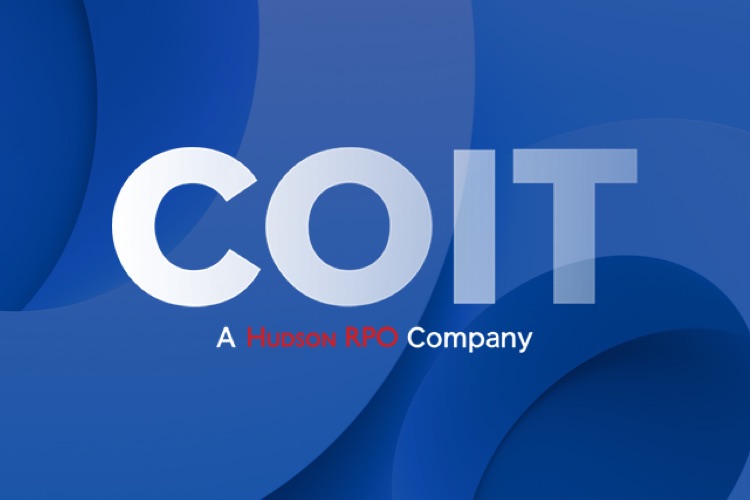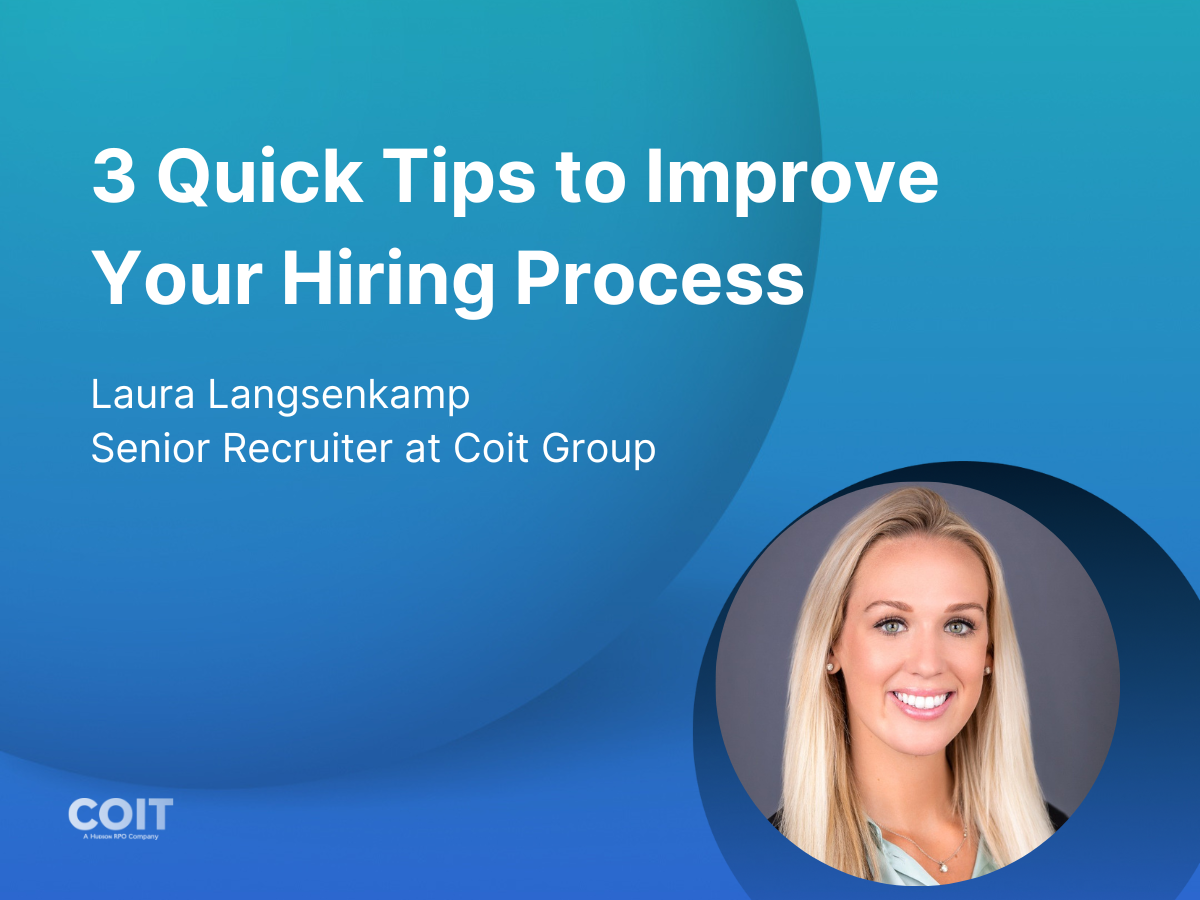In this fireside chat with Chris Mannion, CEO of Sonar Talent, he shared his insight into critical topics shaping the job market.
We asked Chris about WARNTracker, a real-time monitoring tool for mass layoffs, the challenges faced by tech companies following layoffs and hiring pauses, as well as the implications of the Federal Reserve raising interest rates.
Chris offers valuable advice on navigating these situations, emphasizing the analysis of attrition rates and optimizing recruiting and onboarding processes. See what he had to say! 👇
1. You speak about the WARNTracker in your posts; can you explain to us what that is?
The Worker Adjustment and Retraining Notification (WARN) Act requires employers to provide written notice at least 60 calendar days before covered plant closing and mass layoffs (depending on the company size). As companies are mandated to submit this notice, layoffs are more easily tracked. The WARNTracker is a private initiative that tracks these notices to make it easier for anyone with internet access to see which companies are running mass layoffs in near real-time.
2. What advice would you give tech companies that have recently gone through layoffs and have paused all hiring efforts?
Watch attrition rates closely, as they are unlikely to follow historic trends post-layoff. Specifically non-regrettable attrition rates are likely to reduce as underperforming employees in non-critical roles were more likely to be impacted by a reduction in force.
Regrettable attrition rates are likely to increase as employee morale is affected, and increased utilization rates could lead to burnout.
Additionally, pausing hiring can allow your People Ops team to overhaul its recruiting and onboarding processes to improve post-hire performance.
3. Many people wonder what the implications of the Fed lowering interest rates will be on the market. In your opinion, how do you think the market will react once this change takes effect? Do you expect it to be like what we experienced after the pandemic?
I have a hard time predicting economic impacts, but unemployment remains at historic lows. So I think we’ll continue to see a tight hiring market even after the layoffs, potentially made worse in industries with significant recruiter layoffs, like technology, as many experienced recruiters have moved into adjacent sectors.
4. What can companies do today to prepare themselves for future growth?
I had a great discussion about this topic with Mike Brown, VP of Talent Acquisition and Growth at Snyk. There’s an excellent opportunity to redesign recruiting and onboarding workflows, develop analytics capabilities, and upskill internal talent to fill future skill gaps.
5. How do you think RPO will lead regarding future hiring?
Companies will be even more focused on maximizing the ROI of their recruiting efforts and will look more to RPO options to either replace or supplement internal recruiting teams. In addition, companies will want more flexibility and less overhead costs to support headcount growth in the future.
6. What hiring trends do you think we can expect as we are entering the new area of an employer’s market?
We’ll see a more significant focus on flexible engagements for knowledge workers. In addition, new talent strategies will be optimized to minimize full-time overhead and fill short-term skill gaps with specialists.
Connect with Chris and continue the discussion on Linkedin.
Newsletter
Blog Categories
Recent Posts

[Tech x Talent Dashboard] It’s time to change DEI metrics and tactics
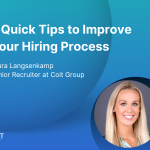
3 Quick Tips to Improve Your Hiring Process

Beyond the Checkbox: DEI in 2024 and Beyond
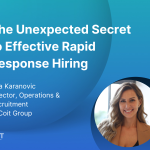
The Unexpected Secret to Effective Rapid Response Hiring

